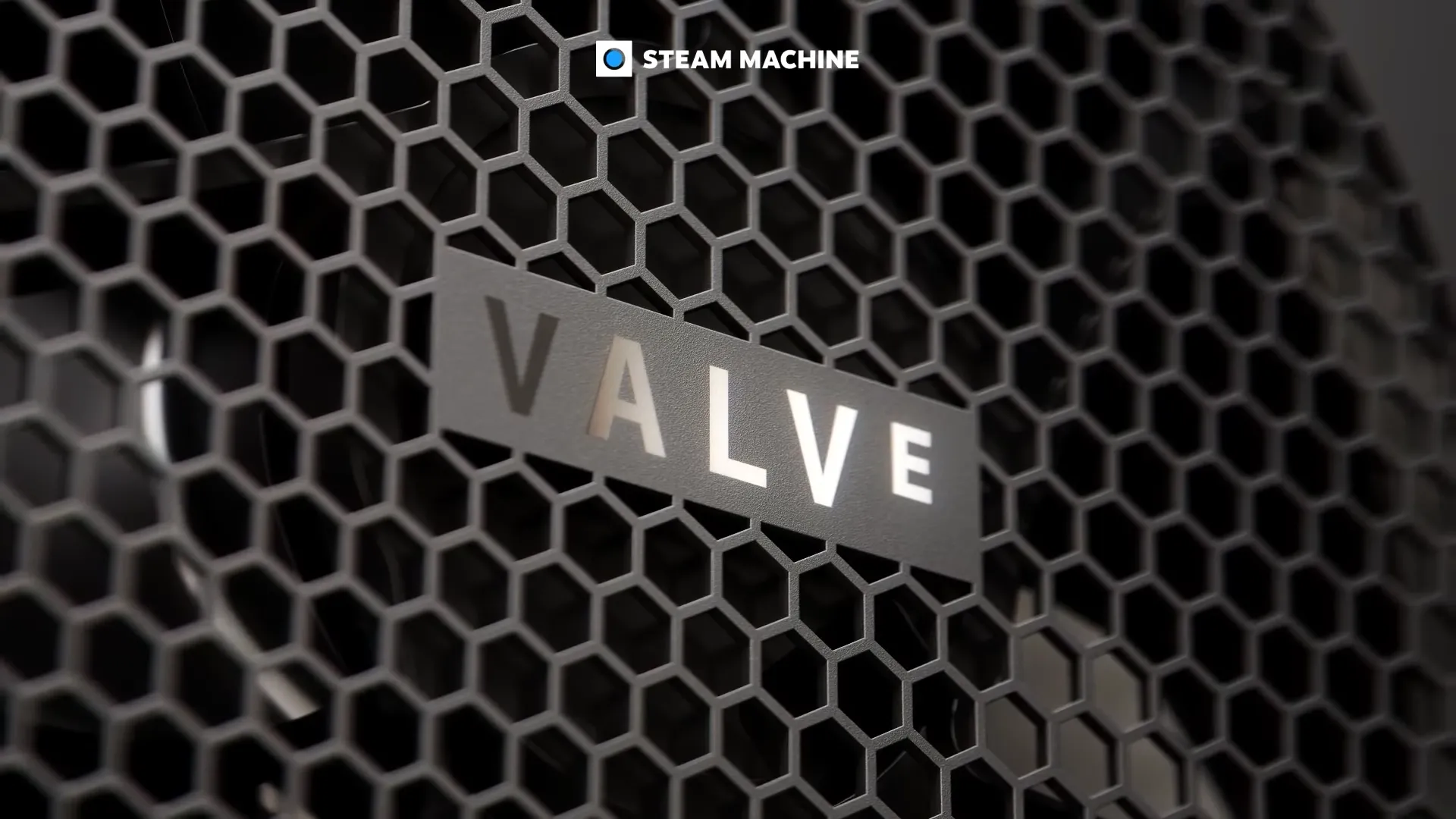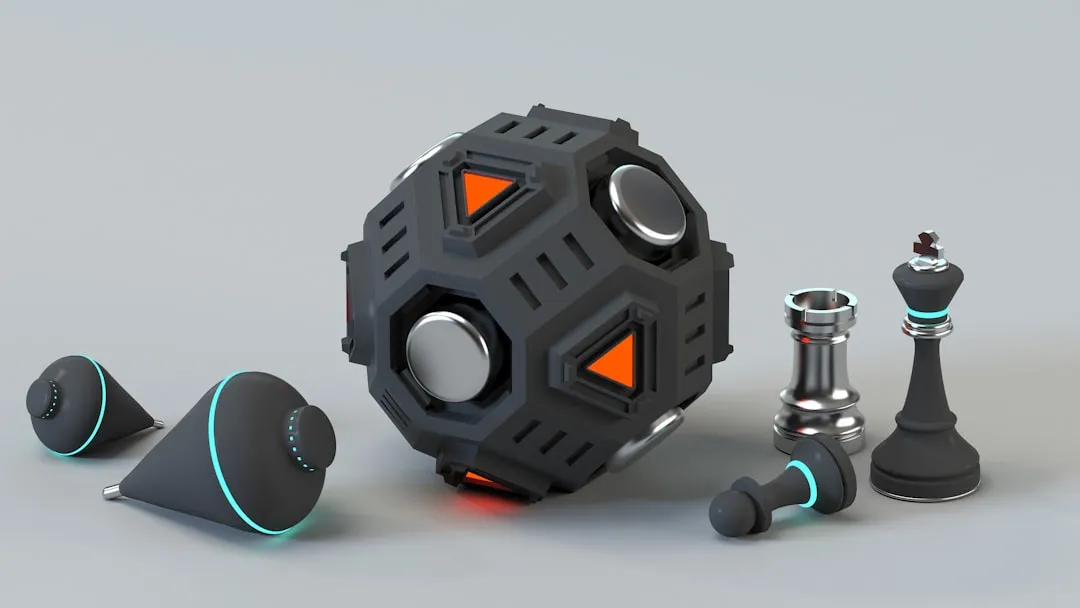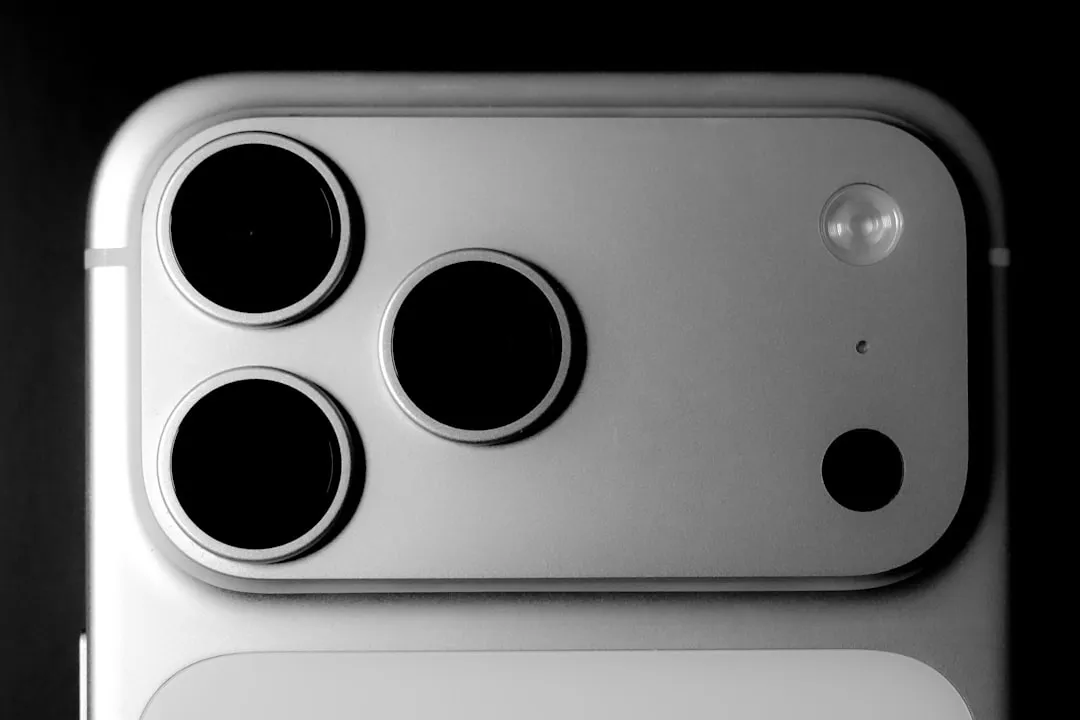Reviewed by: Y. Garcia
Valve's ambitious move to bring Half-Life: Alyx to standalone VR is not just about access; it is a strategic gamble that could reshape how we think about PC VR. The company is actively exploring ways to optimize the game for the upcoming Steam Frame headset, according to The Verge.
Here is the twist. Valve is not making bold promises. Representatives believe they can hit strong standalone performance, but they are being cautious about commitments.
Translating a PC-class VR experience to mobile hardware is brutally hard, and it will decide whether standalone rigs can really compete with tethered setups. Can they pull it off? We will see.
This is not a quick mobile port. It reads as a broader play to blur the line between desktop and standalone VR, with Steam Frame positioned as the bridge between those worlds.
The Steam Frame's technical foundation for AAA VR
Let's talk numbers, because the specs hint at intent. The headset runs on a Snapdragon 8 Gen 3 processor with 16GB of RAM, per CNET's hands-on. It is also Valve's first implementation of SteamOS on ARM, a notable step beyond their x86 roots.
Storage comes in 256GB and 1TB options with microSD expansion, which leaves room for hefty VR installs. The display hits 2160 x 2160 per eye, up to 144Hz, with a 110-degree field of view. Those targets aim squarely at experiences that feel competitive with tethered PC VR, not watered down.
The ARM move matters for more than raw speed. Power efficiency and thermals make or break untethered VR comfort, and the Snapdragon 8 Gen 3 choice suggests Valve is chasing the threshold where complex VR can run without giving up the freedom that makes standalone appealing.
Foveated streaming: the wireless gaming breakthrough
This is where the tech gets spicy. Valve's foveated streaming attacks the bandwidth wall with a simple question: why send every pixel in full detail if your eyes only focus on a small slice?
The system uses dual eye-tracking cameras to watch your gaze and pushes high resolution only to your focal point. It sends four video streams, two low-resolution feeds for your full field of view and two high-resolution streams for where your eyes are looking, as detailed by PC Gamer.
The clever bit is timing. Eye tracking predicts where you will look next, so the high-resolution data is already available. That predictive layer turns a bandwidth trick into a responsive experience that feels close to wired.
Developers do not need to touch their games. The feature runs at the streaming layer, so existing PC VR titles get the boost automatically.
Building a platform, not just a product
Valve keeps calling Steam Frame a platform, not a single box, as noted by XR Today. The hardware backs that up.
The headset centers on a modular 185 gram core you can remove and replace, making future iterations possible without buying a whole new rig. That takes a swing at VR's usual cycle of rapid obsolescence.
There is also a front expansion port with a PCIe interface for add-ons like high-speed cameras, hinting at deep customization. And Valve plans to ship Steam Frame alongside the Steam Machine console and the new Steam Controller in early 2026, setting up an ecosystem where each device complements the others.
The compatibility challenge: x86 games on ARM
Making Half-Life: Alyx run standalone means solving architectural translation in real time. x86 PC games on ARM need a compatibility layer that does the heavy lifting without tanking frame rates, which is non-negotiable in VR.
Valve has built a new layer that lets x86 PC games run on the Steam Frame's ARM chip with no developer changes required, as reported by Road to VR. Think of the idea behind Rosetta 2, only tuned for games and VR.
They are being selective about where to focus. Valve uses algorithmic analysis of customer wishlists and purchase data to decide which titles get optimization attention, according to CNET. That triage beats a vague promise to support everything at once.
The upside goes beyond Alyx. If complex PC VR games can run well on ARM through translation, it points to substantial PC gaming experiences traveling onto portable hardware without the usual mobile compromises. The catch is overhead. Keep frames steady, or comfort suffers.
What this means for the future of PC VR
Steam Frame hints at a shift in PC VR, one that trims the gap between desktop and mobile. The early 2026 launch, paired with the Steam Machine console and the new Steam Controller, frames an ecosystem instead of a one-off headset.
Crucially, Valve is pushing openness. The foveated streaming will not be limited to Steam Frame; it will work with any eye-tracking VR headset that supports Steam Link, according to TechBuzz. That move lifts the broader PC VR pond rather than building a walled garden.
Competition will feel it. If standalone rigs deliver PC quality experiences, other manufacturers either match that bar or look compromised. And because the streaming tech benefits existing PC VR users too, adoption across the market could speed up.
A successful Half-Life: Alyx on Steam Frame would also shape developer choices. If rich PC VR builds can run well on standalone through a compatibility layer, teams can focus on one high-end version instead of splitting effort on separate mobile editions.
Valve appears to be positioning Steam Frame as a catalyst for broader industry advancement, not just another hardware drop. Execution will decide the story, and Alyx is the moment of truth. If Valve lands seamless PC VR in a standalone format, it could make high-quality VR feel as simple as putting on a headset and pressing play.
























Comments
Be the first, drop a comment!